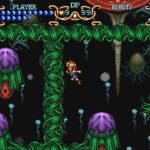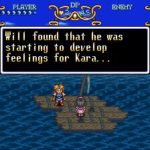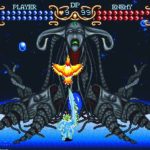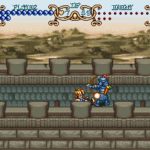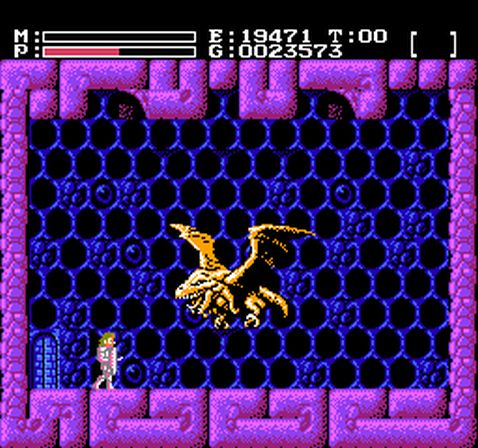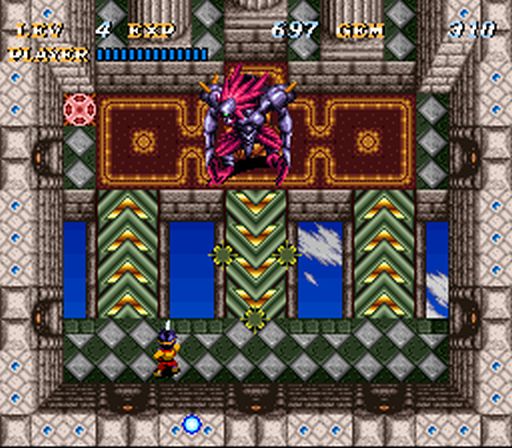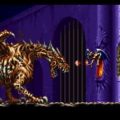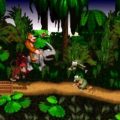Developer: Quintet Publisher: Nintendo Released: September 1, 1994 Genre: Action RPG
I really enjoyed Soul Blazer back when I played it in 1993. It had an interesting structure compared to the typical action RPGs of the time and was enjoyable because of it. It was about this time that I became aware of Quintet, its developer. Their games all had a world building theme and even shared sound effects. Yet Illusion of Gaia went for a different tact. As Quintet’s most traditional rpg on the SNES it has the best story in their loose trilogy. Illusion of Gaia remains a great game even today with great production values and a strong theme. This is one of the best action RPGs from that generation.
Will is the only survivor of a failed expedition to the Tower of Babel, an expedition that also claimed his father’s life. He returns to Southcape with no memory of the event or how he even made it back. While he spends his days playing with his fields events are set in motion that will send him back to the Tower to solve the mystery of the approaching comet.
Illusion of Gaia is a game about discovery. It takes place in a fictional version of the real world, with many popular locations such as the Great Wall of China and Angkor Wat serving as dungeons. Unlike most rpgs towns only serve to shepherd you to the next location. You won’t find any shops or extra gear here and the game doesn’t need it. It’s interesting to explore these locations but that isn’t where the meat of the story lies.
More than discovering the world each of the game’s principal characters will discover things about themselves. The journey is played out over a lengthy period of time and seeing these characters evolve is one of the game’s greatest strengths. Kara starts out as a spoiled princess but slowly becomes a more considerate character over time. This change isn’t abrupt, and she makes mistakes along the way. Whereas in most games the side characters would be played as comic relief here they each have their own problems to deal with. Watching them grow up along the way helps elevate Illusion of Gaia above many of its contemporaries. The story is also very dark, dealing with slavery, death, and abandonment without talking down to the player. This aspect as well has held up and still resonates today.
It is easy to see why Nintendo of America chose to publish Illusion of Gaia. At first glance it could pass for a sequel to A Link to the Past. The two games share a focus on puzzles in their dungeons, with many similar themes sprinkled throughout. But the similarities end there. Illusion of Gaia continues the gameplay template established in Soul Blazer for the most part. Every room has a set number of monsters. By defeating all of them one of three things occurs; one of your stats (hp, defense, strength) will increase, a barrier or obstacle will disappear, or you will receive an item. Unlike that game you can pause and see how many remain at any time. It sounds repetitive, and to an extent it is. However the developers have added various ways to spice things up.
Young Will is not the only playable character. By entering the dark spaces Will can transform into the Dark Knight Freedan and later Shadow. Each character gains new abilities throughout which are used in some pretty clever ways. Even though you know how many enemies are present the trick is often how to reach them. It is in this aspect the game truly shines. The dungeon design is excellent, with puzzles becoming more elaborate as you progress. The layout of the Sky Garden and the need to manipulate both its front and backside for progression is quite ingenious. There a number of obtuse puzzles in Mu that actually made me angry once I realized how simple they were. It peters out toward the end but considering the journey to reach that point I would say it doesn’t matter.
Coming off the freedom of Soul Blazer most will be surprised at how linear the game is. You can only visit the current locations the game deems relevant. Once you have moved on you cannot backtrack. Since you aren’t buying weapons and armor or even earning experience it works out although the option would be nice. In terms of side quests there is only one. Gem the jeweler challenges you to find the fifty red jewels scattered around the world, with rewards given at set intervals. These jewels are hidden extremely well and chances are you won’t find all of them in one play through. You get a cool reward if you do though.
In most action Rpgs death is rare if you even manage to die at all. Illusion of Gaia presents a decent challenge for a few reasons. Since there are no shops you can’t buy healing items. Healing herbs are in dungeons and are rare. It is entirely possible to completely run out by the middle of the game. You gain extra “lives” by collecting gems left by enemies but even that isn’t a buffer. There are only a set number of enemies so you can’t grind. I like it; it forces you to pay attention. At least you can regain full health at any time by speaking to Gaia if you are willing to backtrack.
Illusion of Gaia is every bit the classic you remember. With its fantastic soundtrack and mature story it is also one of the best action Rpgs of that era. This is a phenomenal game that deserves a re-release.


